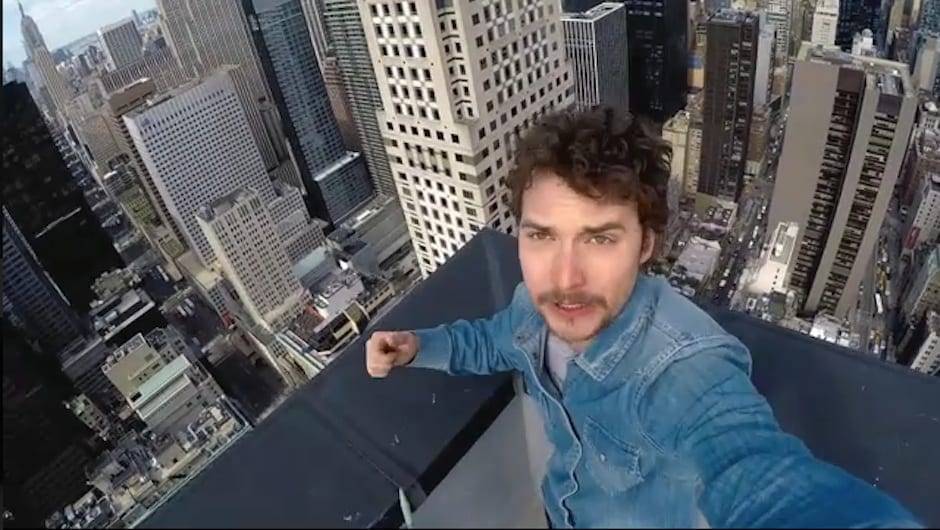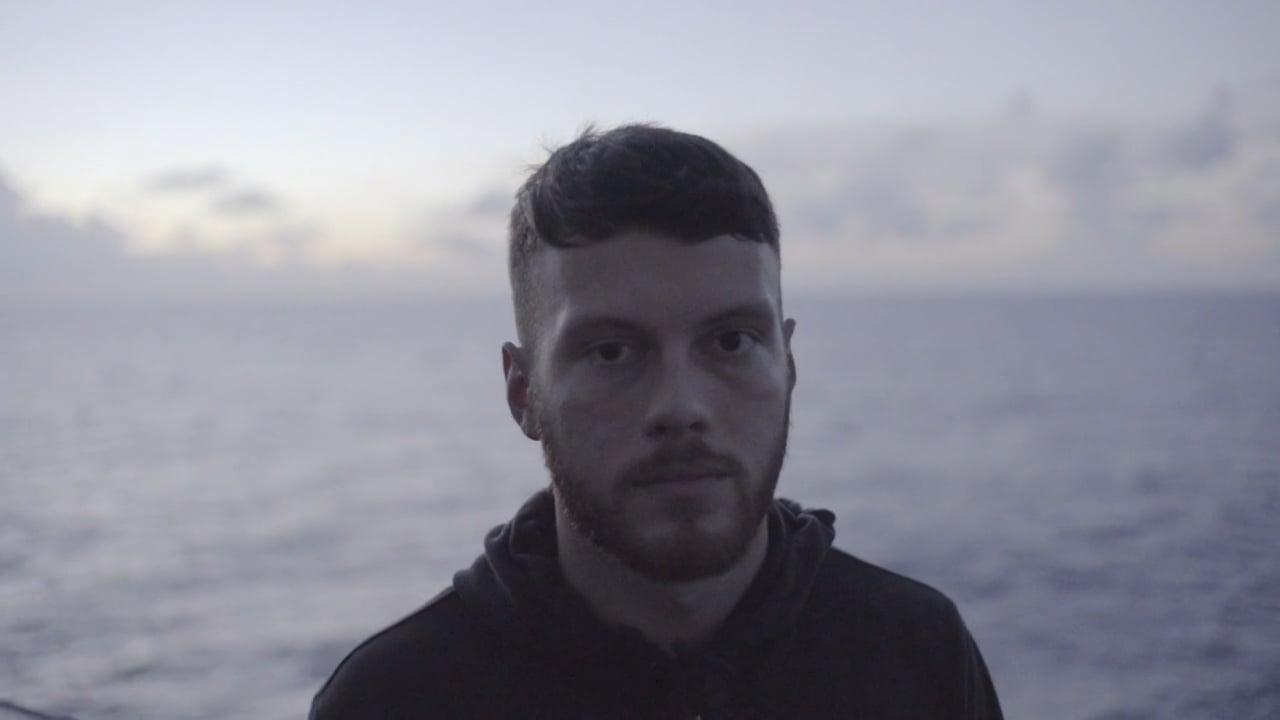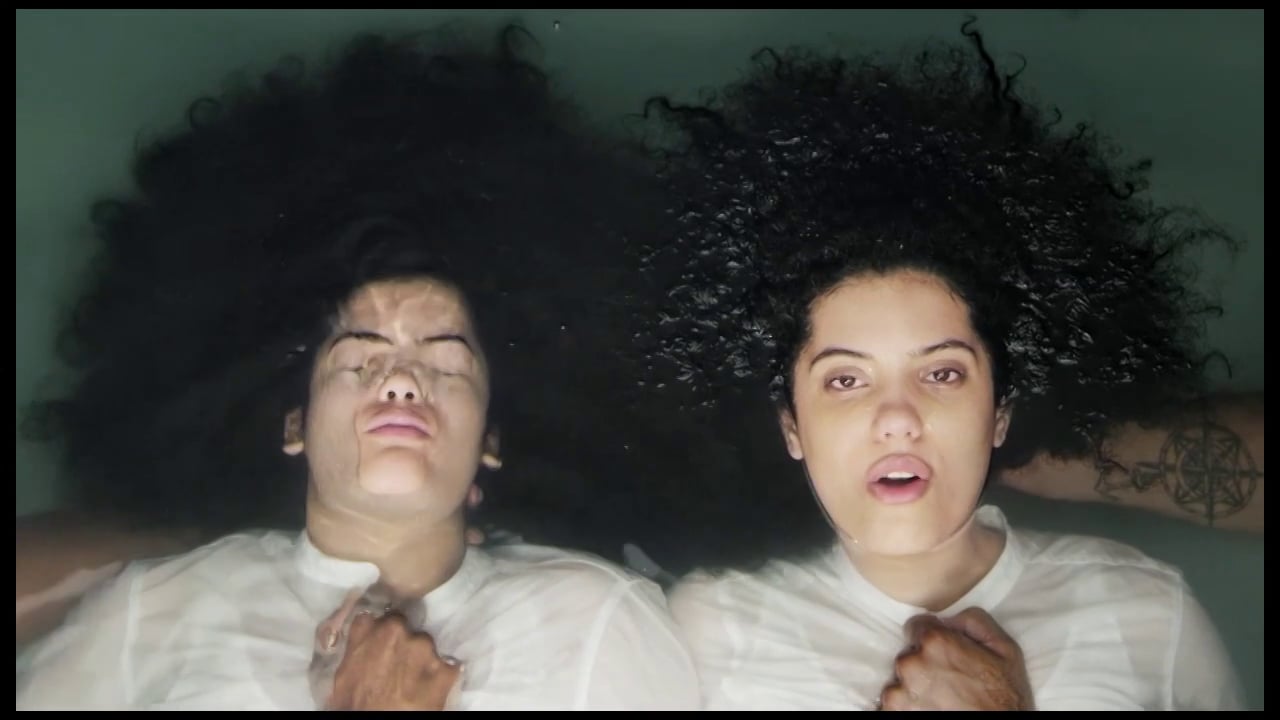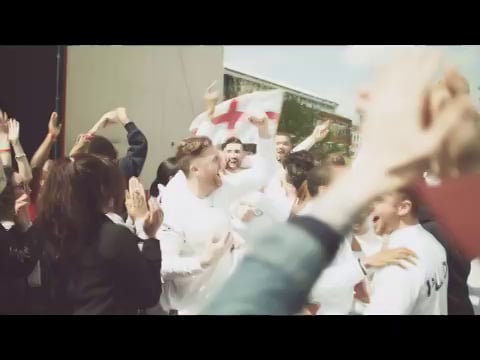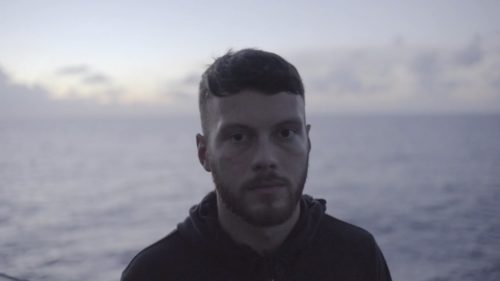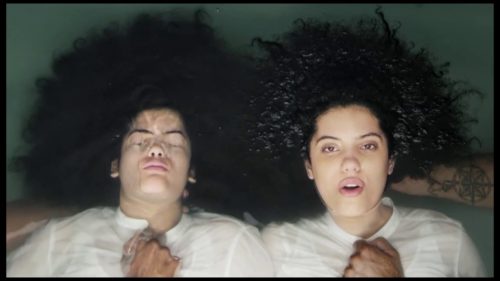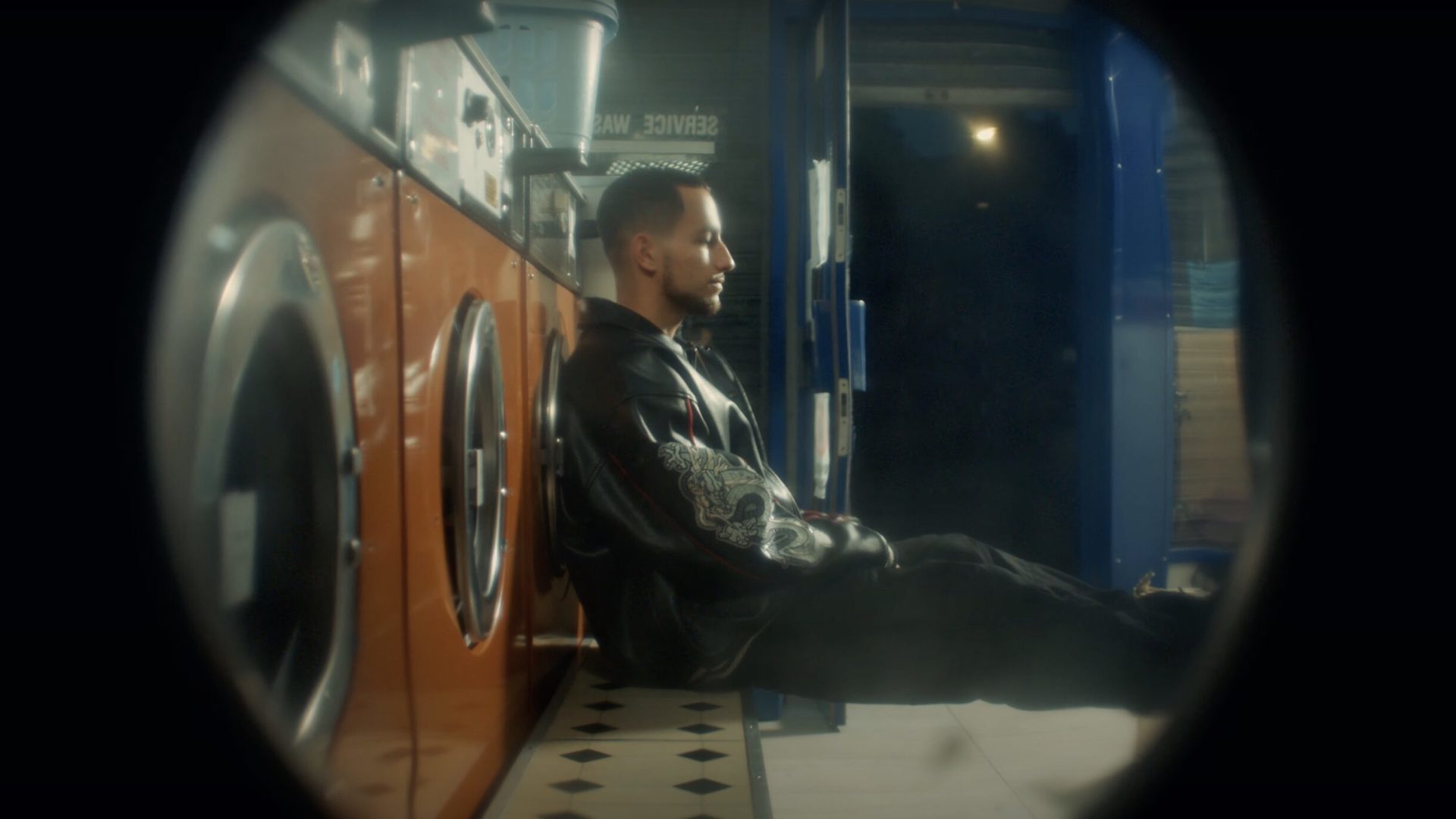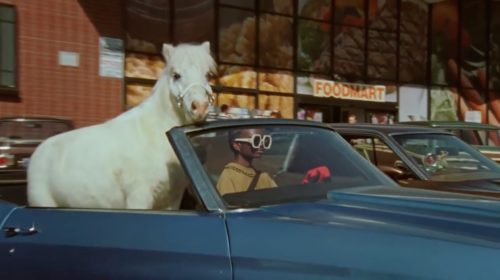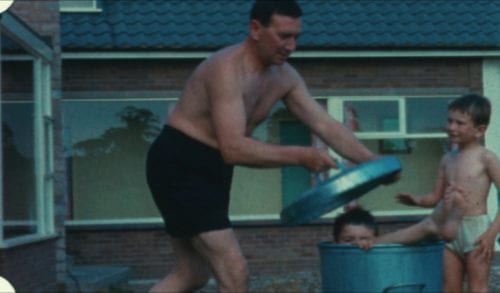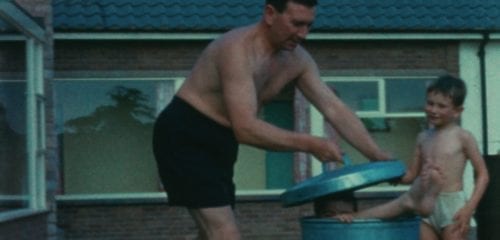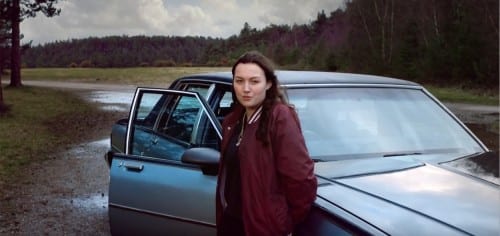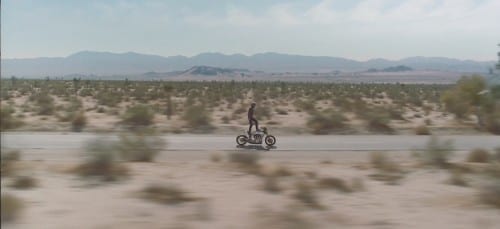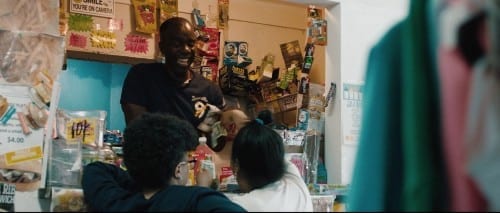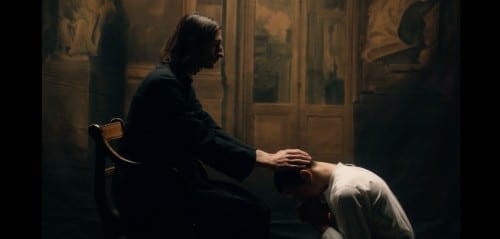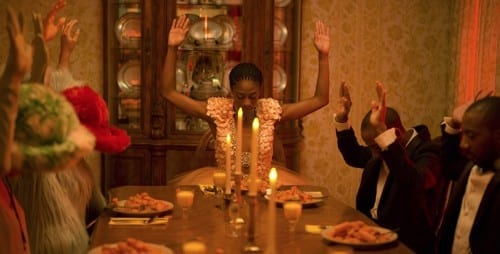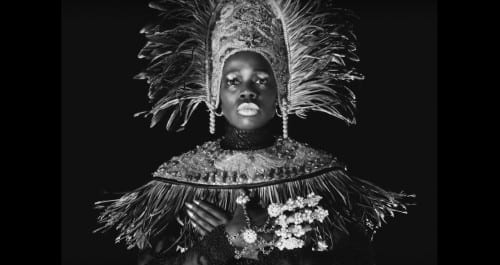Viewing your Rattling Stick reel the only consistency is that your filmic language increasingly becomes technically more sophisticated and at the same time feels less structured.
Yes, that’s true and intentional. I’ve spent more time unlearning or deconstructing what seems to be the norm. Direction in advertising seems to be very normal at the moment. It feels a bit stuck I guess. What I have learnt is that if you want difference you have to change the way you do it all. You have to make the tea different. Production and direction are intertwined, you can’t make one different without affecting the other. I’m very lucky to be at Rattling Stick, they have been brilliant in facilitating and supporting this, we really are doing things differently.
Earlier scripts such as Battlebox’s Mad Lifeline – a life story told through brands – obviously had to be told in a linear way, while others, like the spots for The Sun, Cybersmile, and DFT feel more spontaneous in style. Great ideas told in an interesting way.
Thanks; they are all part of the process. I was certain when coming in to directing that I wasn’t going to spend 10 years trying to direct remotely like anyone else. I wanted to get to an original and personal aesthetic and approach, quick. You can see me feeling it out through the work, I’m not there yet but I’m pushing.
The Navy spot is filmic storytelling in the classic sense and yet feels loose and free.
Thank you, yes free, if you look at a lot of the shots in that they are very unstructured and loose in many ways; from the styling, the camera choice, camera operation, lighting and editing. All these things are very intentional. I shot over 50% of what ended up in the ad myself, as in I held a camera or cameras for most of the shots. Gondry worked his own camera a lot but not many others do, not to this extent. I had about 11 different cameras from toy cameras to Red and film cameras. We shot 26 hours of footage.
All of this and more over the last two years since you began directing. How would you describe your own evolution as a director?
Slow. I suppose the work should speak for itself. I came in late but in terms of confidence and perception it was a head start in many ways. I know that what I’m doing suits me… suits my nature and skill set. Yes there is evolution, your confidence grows. I know I set things up in a way no one else does. I try to strip out anything that hinders spontaneity, creativity, and fluidity. I work very hard at trying to make my work fresh, kinetic, lively, different.
There are your music videos too – Ibeyi’s River is still and poetic while Lee Scratch Perry’s I am Paint is vibrantly unstructured and fast.
Just different things to suit different things. Little bits of what I learn making promos slip in to what I do for advertising. My first promo got voted by Bestinnewmusic.com as the best promo of the year. I got credited on Ibeyi’s first album from XL records. My Mad Lifeline film for Robert Del Naja from Massive Attack was exhibited at the Hammer Museum in LA. Things like this excite me and it’s things like this that should hopefully make me of more interest and use to the world of advertising. I’m not just sitting there hoping someone’s going to send me a script that will make me famous. That’s a long wait, and I’m more proactive and contributive than that.
And now your latest commercial New York Bakery, an engaging video of a guy talking about the sounds he loves of his native New York, is breaking this week. It looks and feels like a spontaneous selfie, Please tell us too about the process of making it – did you contribute to the script? Did you study endless selfies to get the camera movements just right? Any major challenges? Any clever trickery behind the look?
I did contribute to the script, I wrote a lot of stuff as part of the treatment. The agency creatives and I hammered it out to suit our guy’s personality and voice once we’d found him. I didn’t study endless selfies no, but I did operate the camera in a lot of it. I held the camera and the actor held my arm. It’s quite an interesting technique; I’ve got some film of it somewhere you can look at.
The major challenge was the same one I have on every job I do… how do I deconstruct this, how do I set the process up so that it’s about creativity and not rigmarole. How do I make this so it does not turn out looking like another advert?
What are the key lessons you’ve learnt about directing that you didn’t know in your previous life as a creative director?
What I have learnt and been shocked by is how incredibly inward focused the ad industry is. When you are in it you don’t see it, you’re too much a part of the collective sense of importance. Which is necessary to some extent, I’m not knocking it.
By becoming a director that changes completely. It is another world and point of view entirely. What I can do for advertising is to bring other, any other frames of reference to the party, to help serve the purpose. If you look back at great advertising directors, their work and life was never about advertising: Michelle Gondry, Spike Jonze, Glazer, Tony Kaye, Chris Cunningham, Alan Parker, etc., etc. They had a grand vision and advertising benefited from that for some time and to great effect. Right from the off you had a sense of that vision with their work. I’m trying… and I emphasize TRYING to emulate… and I emphasize EMULATE that. It’s not my job to be obsessed with advertising, in fact it’s my job to be obsessed with anything but. That way I’m of more use to it. Hopefully!
You’ve written as well as directed quite a number of these films. Are creatives approaching you for your ideas do you think, or is it very much a collaborative process?
I write all my promos and I wrote one charity ad early on for a charity that approached Rattling Stick. Creatives are only approaching me with a script, that’s how it works; they’ll ask me for suggestions. Those can be re-writes; I’m willing to help re-write a script in collaboration with creatives. But it’s their work I’m making. It works best like that; it’s healthiest like that. There’s no fuzzy boundary for me. Two years ago I became a director and that’s what I am.
Do you keep a notebook of ideas and if so do you record them in words or pictures?
Notebooks everywhere and files of pictures, poems, DVDs, news articles, postcards, second hand clothes, bits of film. I recently re-watched The Story Of Film An Odyssey by Mark Cousins, it’s phenomenal. I sat through the whole box set and recorded all the little bits on my iPhone that I wanted to keep as reference. That was 5 days and about 90 iphone clips. More importantly though I generate my own stuff; shots, stills, writing, drawing, painting… whatever. I’m always generating stuff, it’s the non-stop daydream machine. It’s a life spent staring out the window.
And finally, even if it is only two years since you began, are you working on any fiction or longer format scripts?
Yeah, talking to writers about different formats. Exploring various new emerging web formats, like web series etc. I love music and love making film for it. Just seeing where it all takes me. I’m not interested in the “bigger” thing though, feature films are not necessarily the final goal for me. Success is not fame and scale and money for me, it’s more about living an interesting life exploring what I like and doing what I like.
New York Bakery Company Nicky Cummerfield: Marketing Director Karen Revel-Chion: Head of Marketing Production Co: Rattling Stick Director: Ed Morris Production Company Producer: Chris Harrison Advertising agency: Now Creative Director: Steve Paskin Creative team: Juliet Kent and Clinton Harding Agency Producer: Susie Innes Account Director: Jack Howker Account Executive: Katy Stanage Planner: Tom Patterson Post Production Sound Engineer: Ben Leeves - Grand Central Studios Editor: Flaura Atkinson - The Quarry Post Production – nineteentwenty
